Top Recommended Oral Hygiene Tips for Kids
February is National Children’s Dental Health Month. This month-long national health observance was initiated by the American Dental Association (ADA) to bring together dedicated professionals, healthcare providers, and educators to promote the benefits of good oral health to children, their caregivers, teachers, and many others.
Establishing good oral habits at a young age is the first step to healthy teeth, the whole life through. Cavities are one of the most common chronic diseases affecting children in the United States (CDC, 2022). “More than half (52%) of children aged 6 to 8 have had a cavity in at least one of their baby (primary) teeth. And more than half of adolescents aged 12 to 19 have had a cavity in at least one of their permanent teeth” (CDC, 2022).
The good news is that cavities are preventable. It is important to establish good nutrition and oral hygiene practices at a young age.
- Brush twice a day. Brush in the morning and night before bedtime.
- Use a timer. Brush for a full two minutes, twice a day. Try setting a timer. Children are often fast brushers, so make sure they slow down and focus as much as possible. Using a timer can ensure the proper amount of time is being achieved.
- Apply a small amount of fluoridated toothpaste. As soon as the teeth come in use a fluoride toothpaste in an amount no more than a smear or the size of a grain of rice. Around approximately 3 years old or when the child can effectively spit the toothpaste out of their mouth, use a pea-sized amount of fluoride toothpaste. Another example of the amount of toothpaste to use is the size of the child’s little fingernail. Remind your child to not swallow the toothpaste.

- Brush all tooth surfaces. Brush the inside, the outside, and biting surfaces of the teeth.
- Brush toward the gumline. Place the bristles along the teeth and gumline at a 45-degree angle. Brush in a small back and forth motion or small circles towards the gumline with light pressure. It is important to clean the gum line area because this is where bacteria easily build up.
- An adult should assist the child with oral hygiene. Most children need help brushing until the age of 10. Both the child and their caregiver should brush the child’s teeth while the child is still developing his or her fine motor skills or ability to reach all surfaces of the teeth effectively with the toothbrush. The child can start brushing and then the caregiver can help them brush the hard to reach spots, like the back teeth. Children often cannot see the consequences of careless brushing.
- Brush your child’s teeth. You can brush in the bathroom, but there are other options. It is often convenient to brush with your child lying down, head nearest to you, for example on the changing table or in bed. As the child gets older, they can sit your lap, leaning their head on your arm. This gives you control over the child’s head and mouth, while he or she can still move freely and play with a toy for distraction. Closeness and eye contact make the child feel secure.

- Create a positive atmosphere around brushing. Play a song or story during this time.
- Replace the toothbrush every 3 months. If your child is sick or you start to notice the bristles flaring out on the toothbrush you need to replace more frequently. Often children bite down on the toothbrush when trying to brush themselves, making the bristles wear faster and requiring more frequent replacement. Many caregivers find it beneficial to give the child a separate toothbrush for practicing.
- Visit your dentist regularly. Your dental professional will evaluate the health of your child’s teeth, give advice on healthy oral habits and children's dental care, review recommendations related to teething, pacifier use, finger or thumb sucking, review fluoride recommendations, and let you know of any risk factors.
Read more: https://www.cdc.gov/healthyschools/bam/child-development/child-oral-health.htm


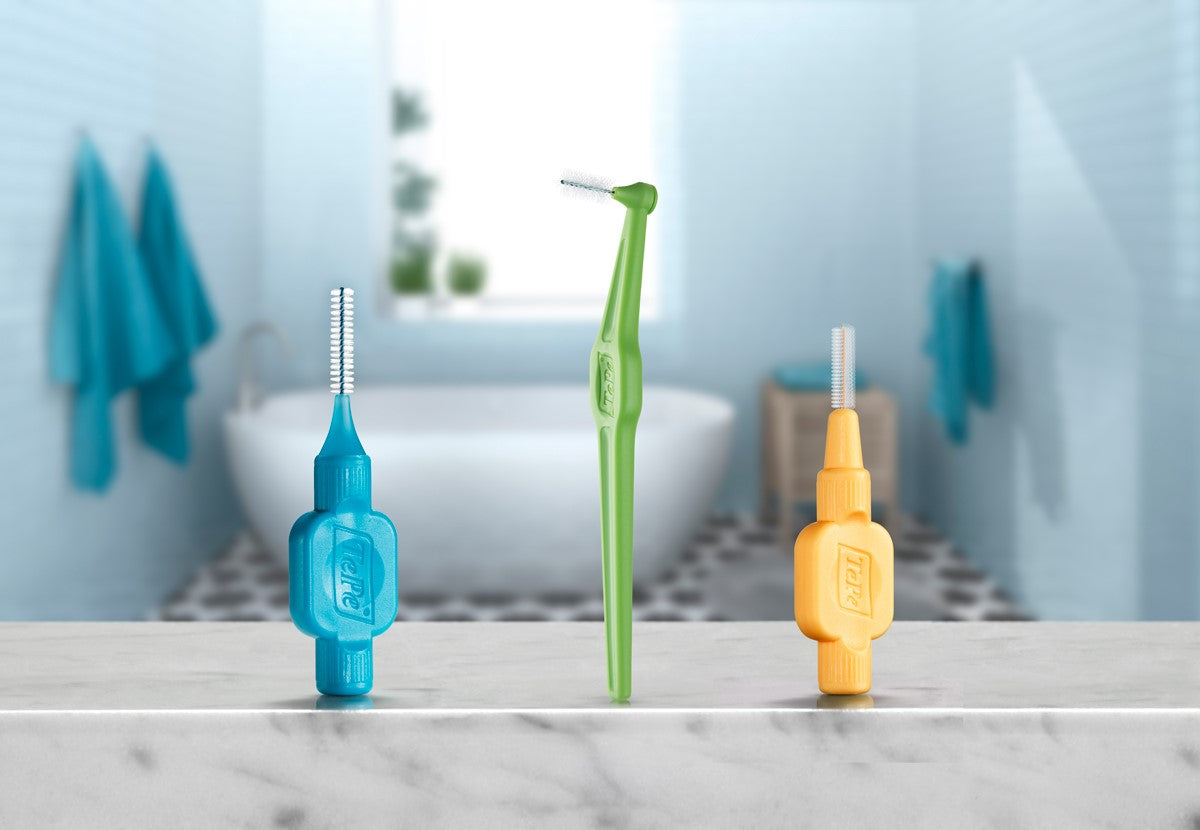
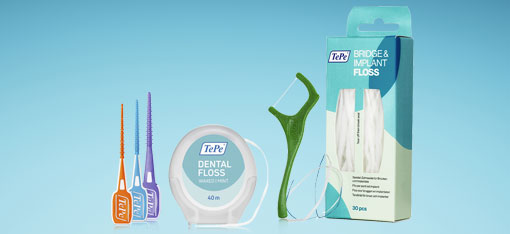
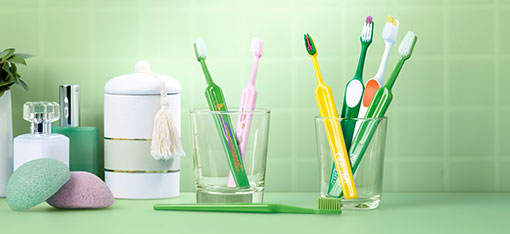
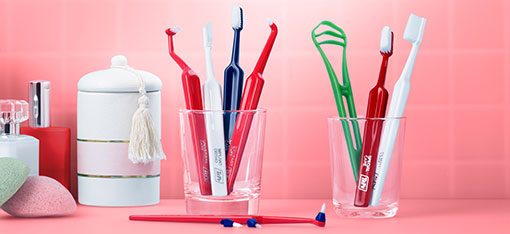
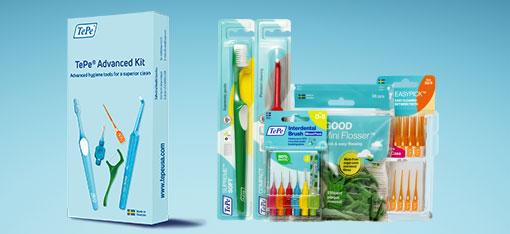

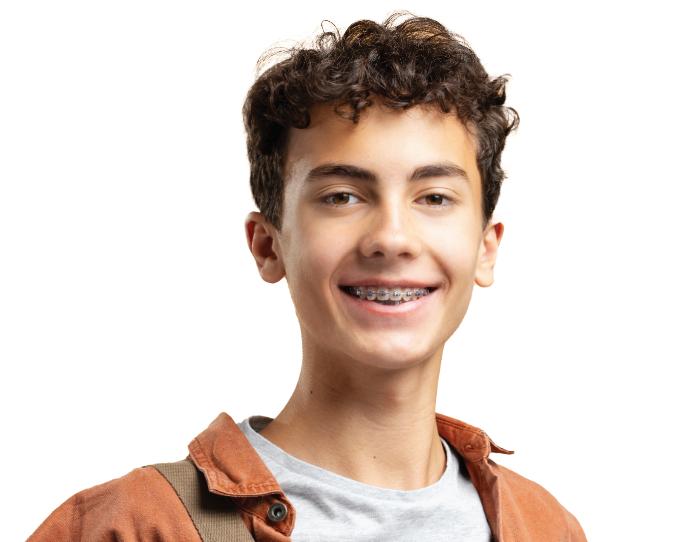


Leave a comment